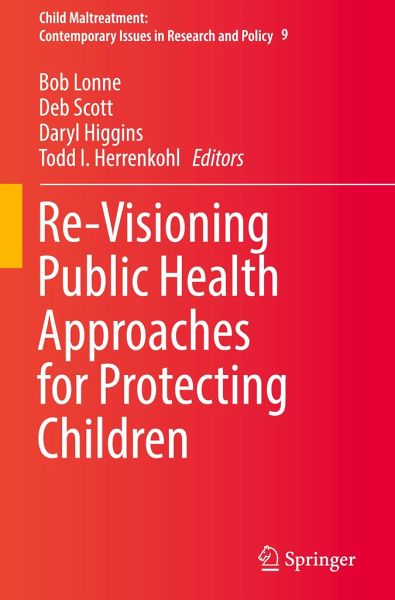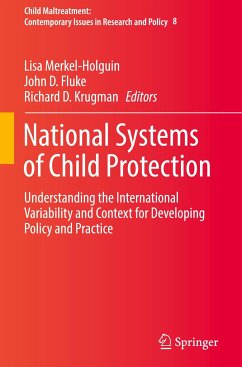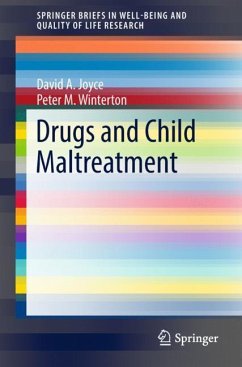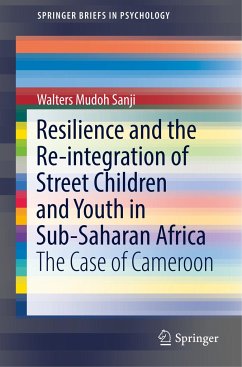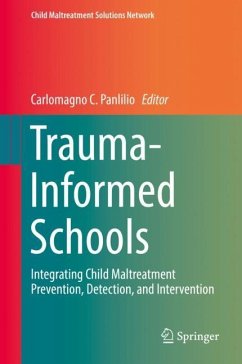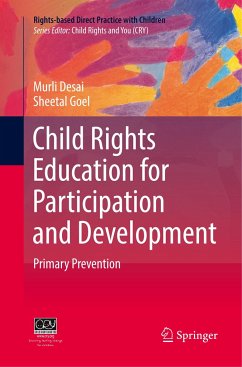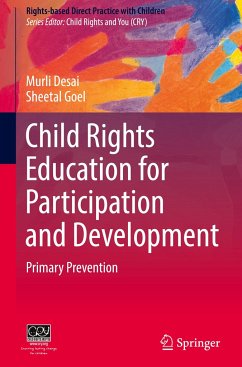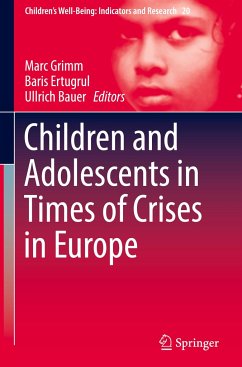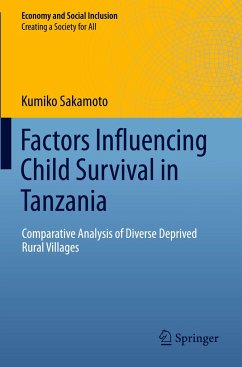Prof. Bob Lonne - Professor Lonne has a distinguished professional, management, research and academic career, with a primary focus on protecting children from maltreatment and developing earlier intervention and prevention strategies. He co-authored the Routledge publications 'Reforming Child Protection' (2009) and the follow up 'Working Ethically in Child Protection' (2016) which have influenced debate and critical analysis world wide of the processes and outcomes of the social and institutional arrangements used to prevent maltreatment and support struggling families. He has a longstanding commitment to the area of child protection and its service-delivery and workforce issues, and has authored and presented extensively on related issues in social work and the human services. Professor Lonne has participated and contributed to policy forums at the state and federal levels, and internationally and is recognized by Inquiries as an expert witness in relation to child protection systems. He has been a passionate advocate for earlier intervention and prevention strategies, highlighting how current approaches fail many children and contribute to poor life outcomes for children in state care. Professor Lonne was the National President of the Australian Association of Social Workers from 2005-2011. Dr. Debbie Scott is a multidisciplinary researcher with nursing and public health background. Her early work as a nurse and public health injury prevention professional has led to a unique perspective to approaches in child protection and child well-being. Debbie has contributed to more than 100 peer review papers, manuscripts and government reports and is an experienced speaker, presenting at local, national and international conferences - including a number of keynote and invited papers. Debbie was the manager of the Queensland Injury Surveillance Unit, using surveillance data to inform policy on product safety, driver licensing for adolescents and toddler drownings, for example. She has extensive experience in the linkage of larger administrative data sets and health classifications, participating in the development of ICD-11 for child maltreatment coding of health data. She has worked in a number of academic and government settings. Her current work as a Senior Research Fellow for Monash University, Australia is focused on the intersection of child protection, family violence, mental health and alcohol and drugs. Prof. Daryl Higgins is the Director of the Institute of Child Protection Studies, Australian Catholic University. He is located at the St Patrick's (Melbourne) Campus. He was formerly the Deputy Director at the Australian Institute of Family Studies, where he has led innovative knowledge translation/exchange functions that have increased access to the evidence base for policy makers and practitioners working to protect children and promote family and community well-being. His work has focused in articulating thepublic health approach to safe family environments, and strategies for building child-safe organisational environments. Engagement between the research, policy and practice communities-in order to understand, and improve the circumstances of children, young people and their families-has been his passion for more than 25 years. As an academic and a senior commonwealth public servant, Daryl has contributed to more than 230 publications and over 440 presentations and media engagements. He has provided advice to key influential bodies on child protection, family policy, and population-level public health approaches to child safety and wellbeing, in Australia and internationally. Todd I. Herrenkohl, PhD is Professor and Marion Elizabeth Blue Professor of Child and Family at the University of Michigan School of Social Work. Formerly, he was Professor and Co-Director of the 3DL Partnership at the School of Social Work, University of Washington. His scholarship focuses onthe correlates and consequences of child maltreatment, risk and resiliency, and positive youth development. His funded studies and publications examine health-risk behaviors in children exposed to adversity, protective factors that buffer against early risk exposure, and prevention. An international scholar, Dr. Herrenkohl works with policy makers, school and child welfare professionals, and community partners to increase the visibility, application, and sustainability of evidence-based programs and practices in prevention, social emotional learning, and trauma-responsive care.
